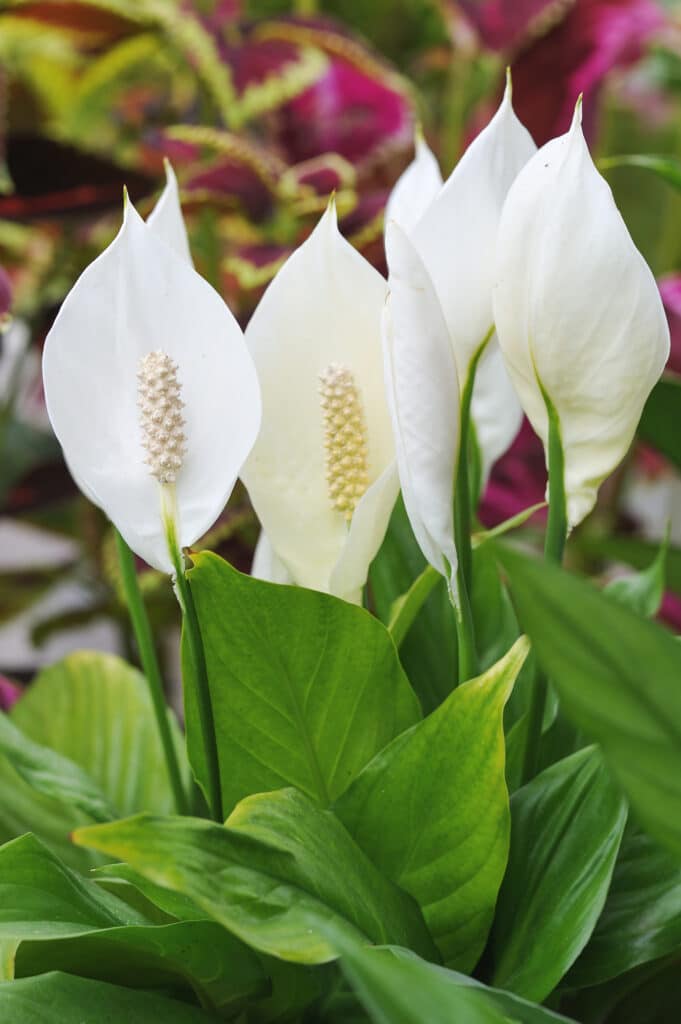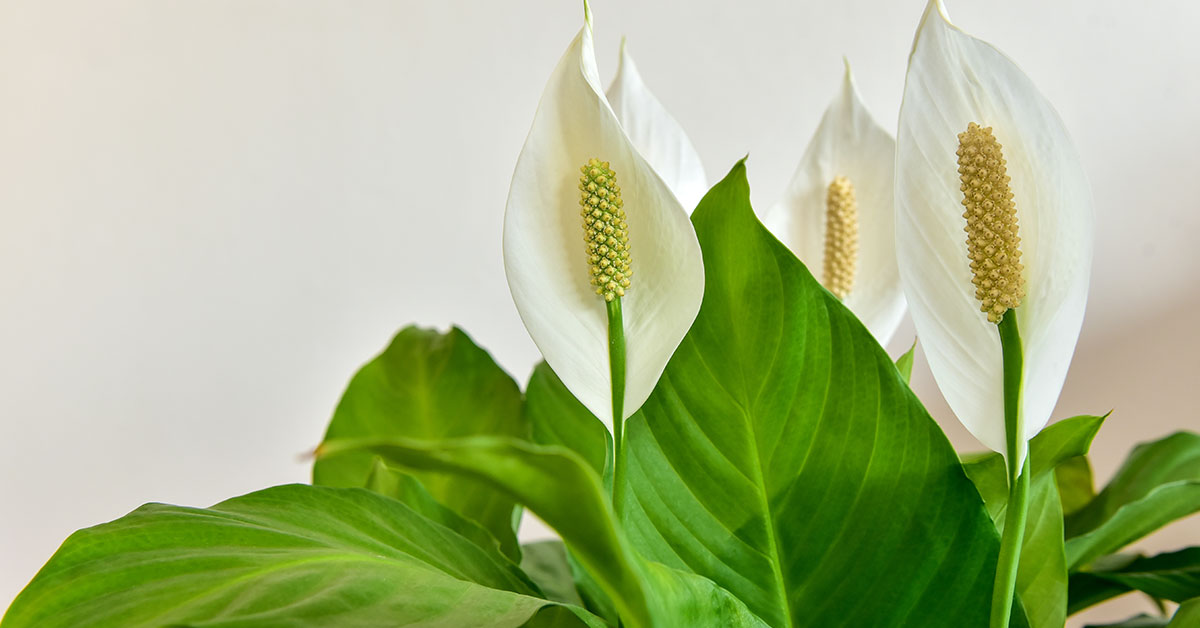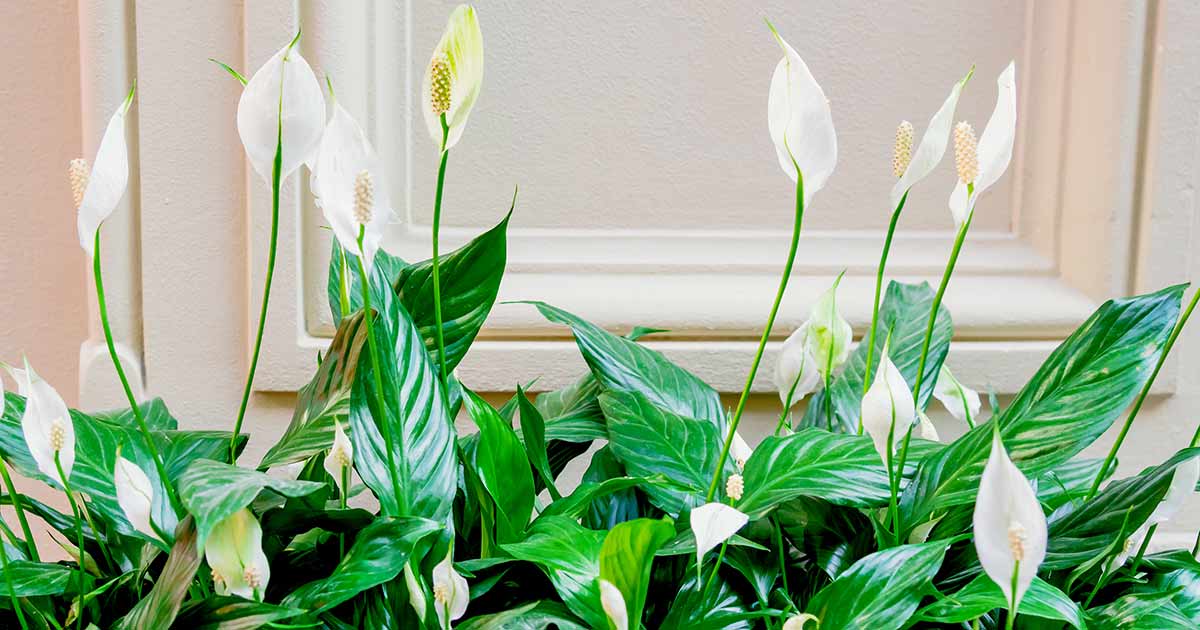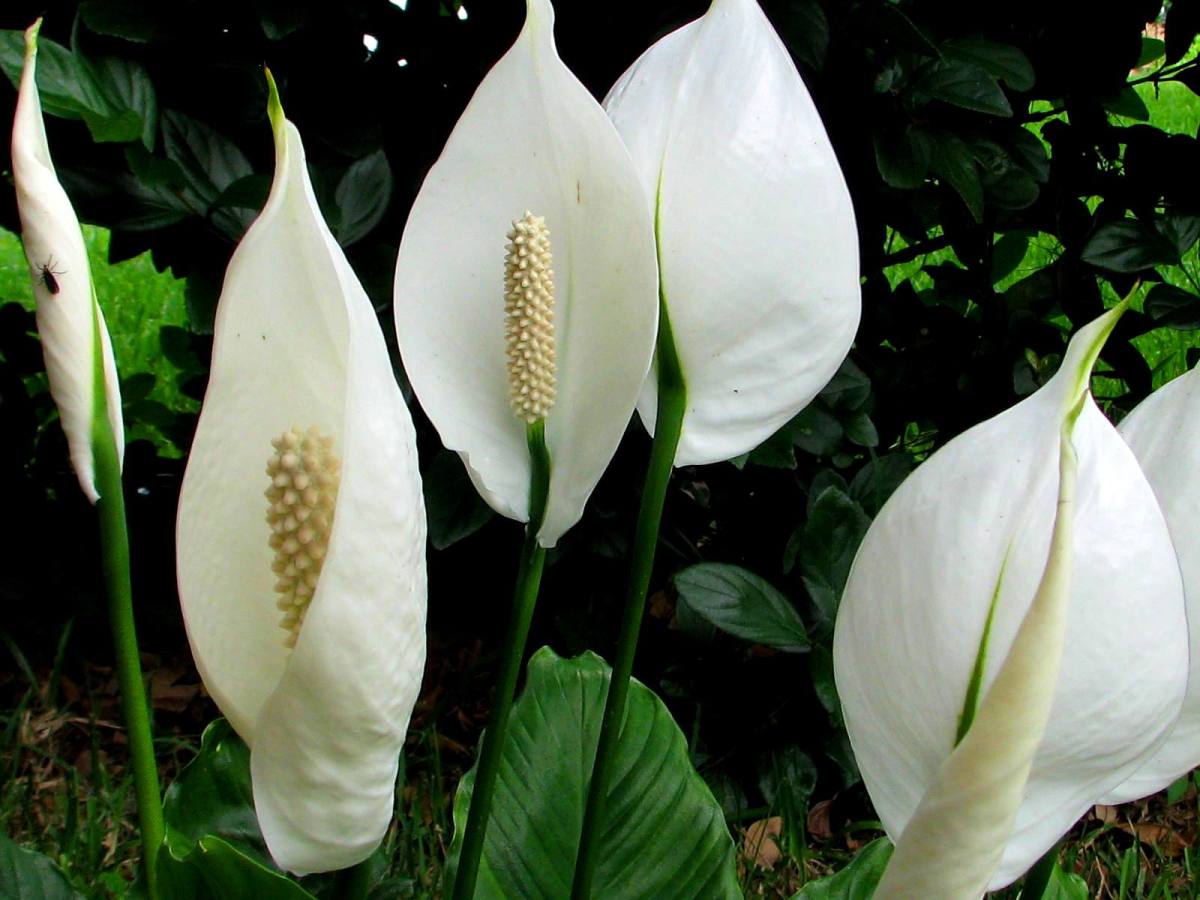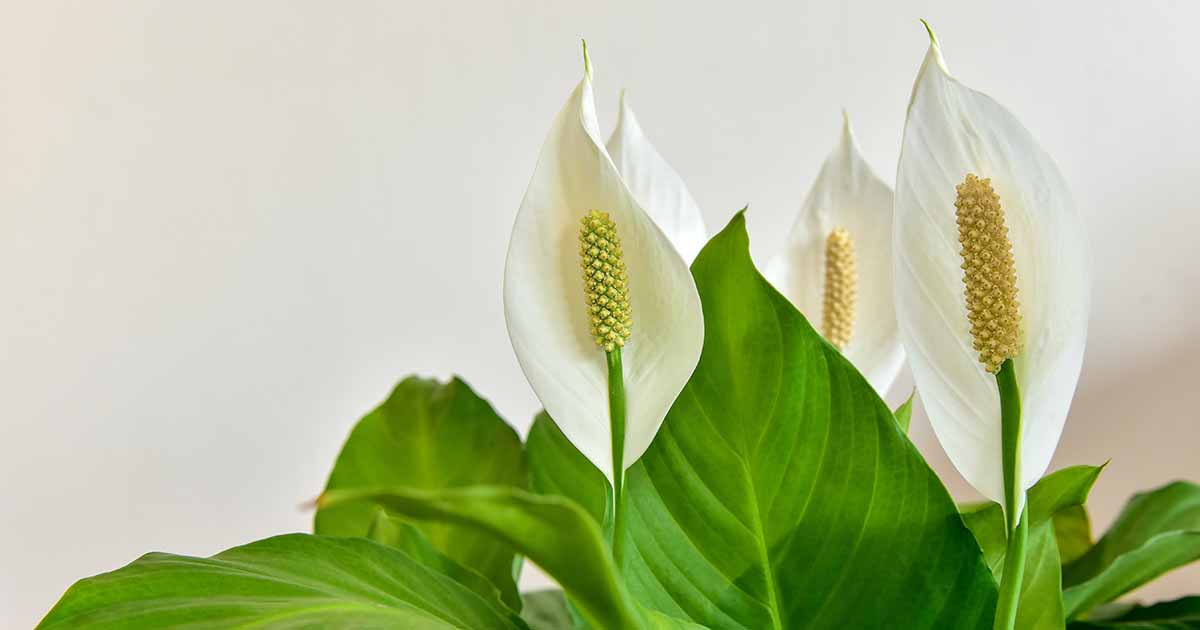What Triggers a Peace Lily to Produce Flowers
The peace lily, known for its elegant white blooms and ability to purify the air, is a popular choice for indoor gardens. But have you ever wondered what triggers a peace lily to produce flowers? Understanding the factors that promote blooming is crucial to encouraging your peace lily to produce those beautiful white blooms. When does a peace lily bloom? It’s a common question among plant enthusiasts, and the answer lies in the plant’s response to its environment. Light, temperature, and watering all play a significant role in promoting blooming. Peace lilies require bright, indirect light to produce flowers, but direct sunlight can scorch the leaves. The ideal temperature for blooming is between 65-80°F (18-27°C), and consistent moisture is essential. By understanding these triggers, you can create an environment that encourages your peace lily to bloom. In fact, providing the right conditions can lead to more frequent blooming, making your peace lily a stunning addition to your home or office.
How to Create the Perfect Environment for Blooming
Creating an ideal environment is crucial for encouraging peace lily blooms. To promote blooming, it’s essential to provide the right amount of light, optimal temperatures, and proper watering techniques. Peace lilies thrive in bright, indirect light, but direct sunlight can scorch the leaves. East- or west-facing windows are ideal for peace lilies, as they provide gentle, indirect light. In terms of temperature, peace lilies prefer temperatures between 65-80°F (18-27°C), making them a great choice for indoor gardens. Consistent moisture is also vital, but be careful not to over-water, as this can lead to root rot. Water your peace lily when the top inch of soil feels dry to the touch, and avoid getting water on the leaves or crown to prevent fungal diseases. By providing the right environment, you can encourage your peace lily to bloom more frequently, making it a stunning addition to your home or office. Remember, when does a peace lily bloom? It’s all about creating the perfect environment to encourage blooming.
The Role of Fertilization in Peace Lily Blooming
Fertilization plays a crucial role in promoting peace lily blooms. Peace lilies are heavy feeders and require regular fertilization to produce beautiful white blooms. When it comes to fertilizing your peace lily, it’s essential to use a balanced fertilizer that is rich in phosphorus, as this nutrient promotes blooming. A 20-20-20 fertilizer is ideal, and it should be applied every 2-3 weeks during the growing season. However, be careful not to over-fertilize, as this can damage the roots and prevent blooming. It’s also important to fertilize your peace lily at the right time. Fertilizing during the spring and summer months when the plant is actively growing will encourage blooming. When does a peace lily bloom? With regular fertilization, you can encourage your peace lily to bloom more frequently and produce more vibrant flowers. Additionally, fertilizing your peace lily will also promote healthy foliage and root growth, making it a stronger and more resilient plant.
Pruning and Grooming for More Blooms
Pruning and grooming are essential for encouraging peace lily blooms. After a peace lily has finished blooming, it’s essential to remove the dead flowers to promote new blooms. Simply cut off the dead flowers at the base, making sure not to damage the plant’s stem. Additionally, trimming back the plant will encourage new growth and promote more blooms. Remove any dead or damaged leaves, and cut back the plant to about 6 inches from the soil. This will encourage the plant to produce new growth and promote blooming. Regular pruning and grooming will also help to maintain the plant’s shape and promote healthy growth. By pruning and grooming your peace lily regularly, you can encourage more blooms and keep your plant looking its best. Remember, when does a peace lily bloom? With regular pruning and grooming, you can encourage your peace lily to bloom more frequently and produce more vibrant flowers.
Common Mistakes to Avoid When Trying to Get a Peace Lily to Bloom
When it comes to encouraging peace lily blooms, there are several common mistakes that can prevent blooming. One of the most common mistakes is over-watering, which can cause the roots to rot and prevent the plant from blooming. Under-watering can also prevent blooming, as the plant may not have enough moisture to produce flowers. Insufficient light is another common mistake that can prevent peace lily blooming. Peace lilies require bright, indirect light to produce blooms, so placing the plant in a low-light area can prevent blooming. Other common mistakes include using too much fertilizer, which can damage the roots and prevent blooming, and not pruning the plant regularly, which can prevent new growth and blooming. By avoiding these common mistakes, you can encourage your peace lily to bloom more frequently and produce more vibrant flowers. Remember, when does a peace lily bloom? With proper care and attention, your peace lily can bloom regularly and bring beauty and elegance to your home.
How Long Does It Take for a Peace Lily to Bloom?
The time it takes for a peace lily to bloom can vary depending on several factors, including the plant’s age, light exposure, temperature, and watering conditions. On average, a peace lily can take anywhere from 2 to 5 months to produce blooms after it has been planted. However, this timeframe can be affected by the quality of care the plant receives. For example, if the plant is receiving insufficient light, it may take longer to bloom. Similarly, if the plant is over-watered or under-watered, it may delay blooming. When does a peace lily bloom? With proper care and attention, a peace lily can bloom regularly and produce beautiful, fragrant flowers. Factors such as fertilization, pruning, and grooming can also impact the timing of blooming. By providing optimal growing conditions and proper care, you can encourage your peace lily to bloom more frequently and enjoy its beautiful flowers for longer periods.
Encouraging Repeat Blooms in Your Peace Lily
To encourage repeat blooms in your peace lily, it’s essential to provide the right care and attention after the plant has finished blooming. One of the most critical steps is to remove the dead flowers, also known as deadheading, to encourage the plant to focus its energy on producing new blooms. Trimming back the plant to about 6 inches from the soil surface can also help promote new growth and blooming. Additionally, make sure to continue providing optimal growing conditions, including bright, indirect light, moderate temperatures, and proper watering. Fertilizing the plant with a balanced fertilizer during the growing season can also help promote repeat blooms. When does a peace lily bloom? With proper care and attention, a peace lily can bloom multiple times a year, providing a beautiful display of white blooms. By following these tips, you can encourage your peace lily to produce repeat blooms and enjoy its beautiful flowers for longer periods.
Troubleshooting Common Issues with Peace Lily Blooms
If your peace lily is not blooming or the blooms are sparse or weak, there are several common issues to troubleshoot. One of the most common reasons for a lack of blooming is insufficient light. Peace lilies require bright, indirect light to produce blooms, so if the plant is not receiving enough light, it may not bloom. Another common issue is over-watering or under-watering, which can cause the plant to focus its energy on survival rather than blooming. When does a peace lily bloom? If the plant is not receiving the right amount of water, it may not bloom. Additionally, a lack of fertilization or poor soil quality can also prevent blooming. To troubleshoot these issues, check the plant’s light exposure, watering schedule, and fertilization routine. Adjusting these factors can help promote blooming and improve the overall health of the plant. If the plant is still not blooming, consider pruning and grooming the plant to encourage new growth and blooming. By identifying and addressing these common issues, you can help your peace lily produce beautiful, fragrant blooms.



